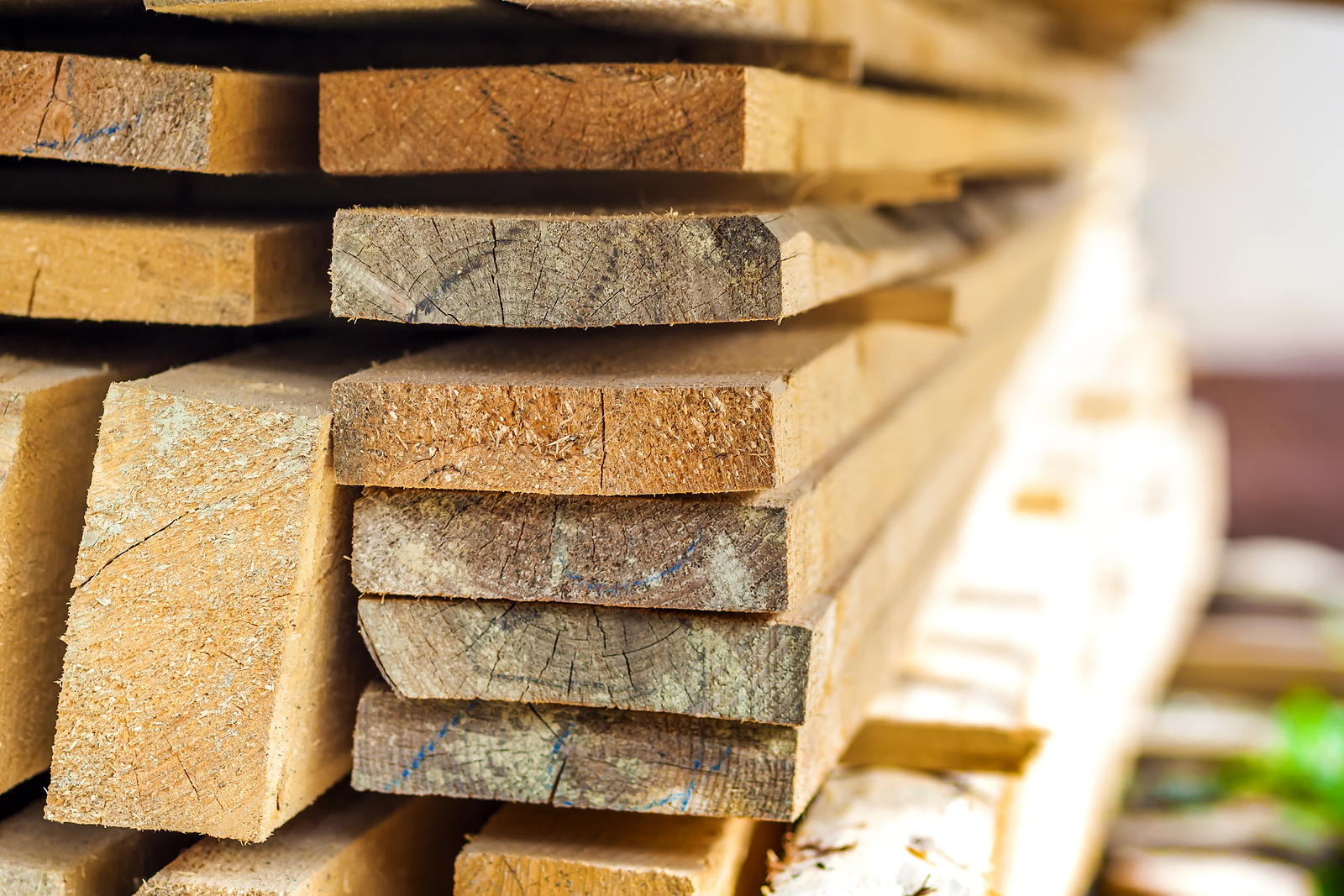As the world slowly rebounds from the pandemic, many people are looking for ways to invest their money. The experts at Maddd Equities in Bronx, NY, know real estate has always been a solid investment, and multi-family properties can be a great way to get started in the industry. But what are the pros and cons of investing in a multi-family property?
What Is Multi-Family Investing?
Multi-family investing is a type of real estate support that involves purchasing and operating small to medium-sized residential properties. Multi-family investors typically buy properties with two to four units and use them as rental units. The main advantage of multi-family investing is that it allows investors to generate income from multiple rental units, which can offset the cost of owning and operating the property.
Additionally, Maddd Equities says multi-family properties tend to be less expensive than single-family homes, making them a more affordable option for investors. And because they are often located in areas with high population density, they can offer potential tenants a convenient location. For all these reasons, multi-family investing can be an attractive option for those looking to enter the world of real estate investing.
The Pros of Multi-Family Investing
Potentially High ROI
When done correctly, investing in a multi-family property can provide a high return on investment. This is because you are essentially getting paid rent from multiple tenants, which can help offset any mortgage or other expenses associated with the property.
Low Vacancy Rates
Another benefit of investing in a multi-family property is that vacancy rates tend to be lower than other real estate investments. This is because there are typically more people looking for apartments than houses or condos on the market.
Passive Income
Once you have tenants, you can start investing passive income, which can be helpful if you have a full-time job or other commitments.
Depreciation Deductions
When you own a rental property, you may be able to take advantage of depreciation deductions on your taxes. This means you can deduct a portion of your property’s value (the part related to wear and tear) from your taxable income, saving you money come tax time.
Professional Management Team
If you don’t want to be involved in the day-to-day management of your property, you can always hire a professional management team to take care of everything for you. This can give you peace of mind knowing that your investment is in good hands.
The Cons of Multi-Family Investing
High Upfront Costs
One downside of investing in a multi-family property is that there are typically high upfront costs involved, such as the down payment on the mortgage and any renovations needed before tenants move in. If you don’t have a lot of extra cash on hand, this could put a strain on your finances.
Difficult To Find Financing
Another con of investing in a multi-family property is finding financing from lenders can be challenging. This is because lenders perceive these properties as riskier than single-family homes. As a result, you may need to put down a larger down payment or pay higher interest rates if you get approved for financing.
More Challenging To Manage
Maintaining and managing a multi-family property can also be more challenging than managing a single-family home since multiple tenants are involved. This means that if one tenant damages something or doesn’t pay rent on time, it could impact your bottom line and cause financial stress for you as an investor.
Getting Started In Multi-Family Real Estate Investing
If you’re interested in getting started in multi-family real estate investing, there are a few things you need to do first. Here are some tips to get you started.
First, Maddd Equities says you need to do your research and figure out if this type of investing is right for you. Consider the pros and cons of multi-family investing and decide if it’s something you’re willing to risk your money on.
Next, you need to find a property that you can invest in. Look for a property in a good location that needs some repairs. This will allow you to add value to the property and make a profit when you sell it.
Once you find a property, you need to get financing in place. As we mentioned earlier, this can be difficult with a multi-family property. You may need to make a larger down payment or pay higher interest rates.
Finally, once you have the property and the financing, you must find tenants. Screen your tenants carefully and ensure you get everything in writing before moving in. This will help you avoid any headaches down the road.
Conclusion
As with any type of investment, there are pros and cons to investing in multi-family properties. However, multi-family properties can provide investors with potentially high returns, passive income, and tax breaks if done correctly. If you’re considering investing in multi-family properties, just make sure you do your research ahead of time and understand all of the risks involved before making any decisions.






